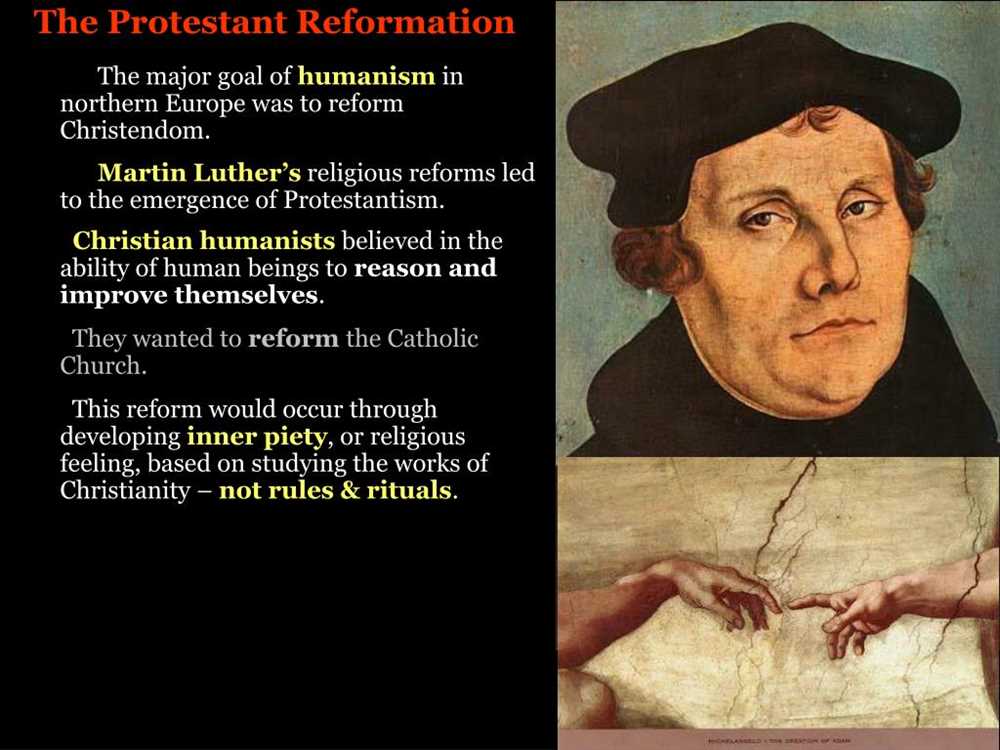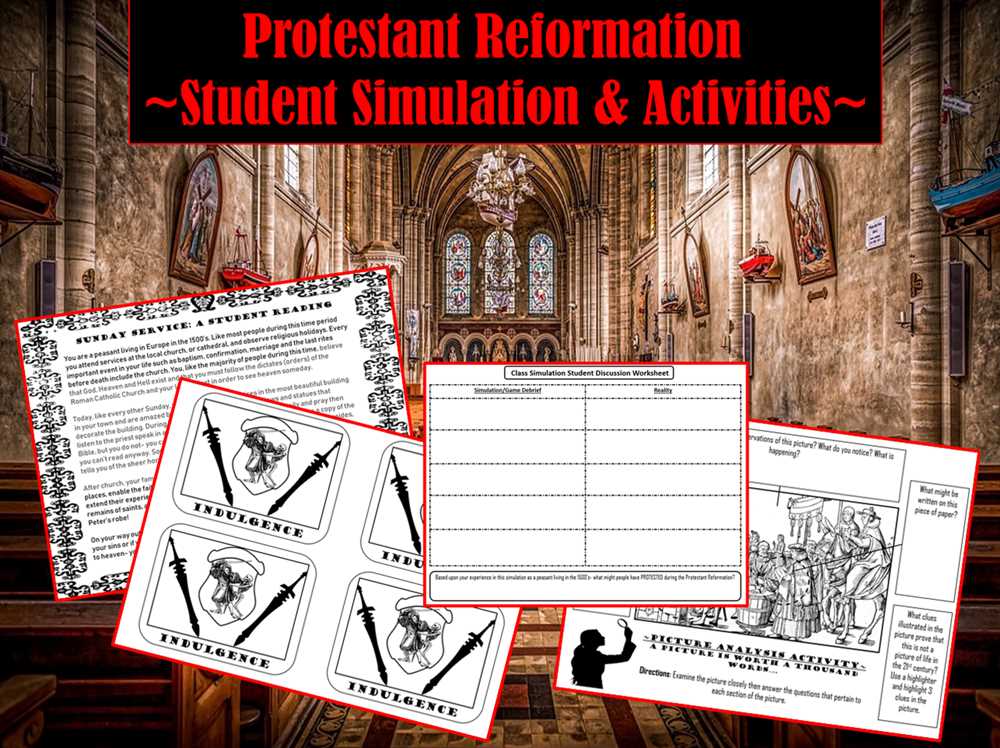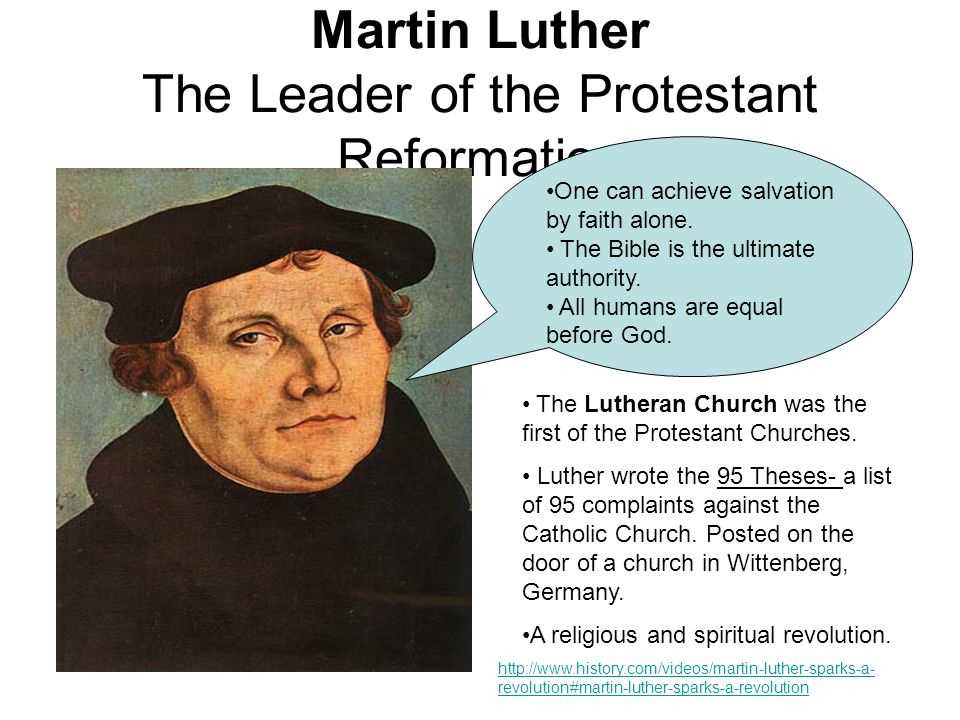
The Protestant Reformation was a pivotal moment in the history of Christianity, as it shattered the unity of the Catholic Church and gave birth to various Protestant denominations. This worksheet aims to provide a comprehensive overview of the key events, figures, and ideas that shaped this religious revolution. By engaging with this worksheet, students will gain a deeper understanding of how the Protestant Reformation unfolded and how it continues to influence religious and social dynamics in the present day.
One of the central figures of the Protestant Reformation was Martin Luther, a German monk who famously challenged the Catholic Church’s practices through his Ninety-Five Theses. Luther’s criticisms sparked a fiery debate on issues such as salvation, the authority of the Pope, and the role of indulgences. This worksheet will delve into Luther’s role in the Reformation, exploring his ideas and their lasting impact.
Beyond Luther, this worksheet will also examine the contributions of other key reformers, including John Calvin and Huldrych Zwingli. Students will explore how these individuals shaped the landscape of Protestantism and how their teachings differed from Luther’s. Topics such as predestination and theocracy will be explored in order to provide a comprehensive understanding of the diverse strands of thought within the Reformation movement.
Furthermore, this worksheet will shed light on the political and social repercussions of the Protestant Reformation. Students will examine how the Reformation fueled tensions between Protestant and Catholic states, leading to conflicts such as the Thirty Years’ War. They will also explore the impact of the Reformation on European society, including changes in religious practices, the rise of literacy, and the emergence of new forms of religious worship. Overall, this worksheet provides a valuable resource for students seeking to deepen their knowledge of the Protestant Reformation and its far-reaching consequences.
Understanding the Protestant Reformation
The Protestant Reformation was a religious movement in Europe during the 16th century that aimed to reform the Roman Catholic Church. It was led by prominent figures such as Martin Luther, John Calvin, and Huldrych Zwingli. These reformers believed that certain practices of the Catholic Church, such as the selling of indulgences and the authority of the Pope, were contrary to the teachings of the Bible.
Martin Luther, a German monk, is considered one of the key figures of the Reformation. He famously nailed his Ninety-Five Theses to the door of the Castle Church in Wittenberg in 1517, which criticized the practices of the Catholic Church. Luther’s ideas quickly spread throughout Europe, thanks to the invention of the printing press, and sparked a wave of religious and social changes.
- Key Teachings: The Protestant Reformers emphasized the importance of faith alone for salvation, as opposed to the Catholic belief in a combination of faith and good works. They also rejected the authority of the Pope, sacraments such as the Mass, and the veneration of saints.
- Spread of Protestantism: The Reformation rapidly gained followers across Europe, with different groups emerging in different regions. Lutheranism became the dominant form of Protestantism in Germany, while Calvinism gained popularity in Switzerland, France, and Scotland.
- Religious Wars: The Reformation led to a series of religious conflicts and wars, such as the German Peasants’ War and the Thirty Years’ War. These conflicts were fought between Catholics and Protestants, and resulted in significant political and social upheavals.
The Protestant Reformation had far-reaching impacts that extended beyond religion. It contributed to the rise of nation-states, as rulers seized the opportunity to break away from the authority of the Catholic Church. It also played a role in the development of modern democracy and individual freedom, as the ideas of religious tolerance and freedom of conscience gained prominence.
What was the Protestant Reformation?
The Protestant Reformation was a religious movement that took place in the 16th century in Western Europe. It was a response to the perceived corruption and abuse of power within the Catholic Church, particularly by the Pope and clergy. The movement was led by influential reformers such as Martin Luther, John Calvin, and Huldrych Zwingli, who sought to reform and challenge the traditional doctrines and practices of the Catholic Church.
At the heart of the Protestant Reformation was the belief that salvation should be based on faith alone, rather than on good works or adherence to Roman Catholic rituals. This idea, known as justification by faith, challenged the Catholic Church’s teaching of the necessity of sacraments and the authority of the Pope. The reformers also criticized other practices and teachings of the Catholic Church, including the sale of indulgences, the veneration of saints, and the use of Latin in church services.
The Protestant Reformation had significant political, social, and cultural consequences. It led to the fragmentation of Western Christianity into various Protestant denominations, such as Lutheranism, Calvinism, and Anglicanism. This fragmentation resulted in religious conflicts and wars, such as the Thirty Years’ War in Germany. The Reformation also contributed to the rise of individualism and the questioning of authority, as well as the development of modern ideas about democracy, freedom of religion, and the separation of church and state.
- The Protestant Reformation was a religious movement that took place in the 16th century in Western Europe.
- It was a response to the perceived corruption and abuse of power within the Catholic Church.
- The movement was led by influential reformers such as Martin Luther, John Calvin, and Huldrych Zwingli.
- At the heart of the Protestant Reformation was the belief in justification by faith.
- The reformers challenged the Catholic Church’s teaching of the necessity of sacraments and the authority of the Pope.
- The Protestant Reformation led to the fragmentation of Western Christianity into various Protestant denominations.
- It resulted in religious conflicts and wars, such as the Thirty Years’ War in Germany.
- The Reformation contributed to the rise of individualism and the development of modern ideas about democracy and freedom of religion.
Causes of the Protestant Reformation
The Protestant Reformation was a significant religious and political movement that transformed Europe in the 16th century. It was sparked by a wide range of factors and grievances with the Catholic Church, leading to the formation of new Christian denominations and challenging the authority of the Pope in Rome.
+1 One of the major causes of the Protestant Reformation was the widespread corruption and perceived abuses within the Catholic Church. Many people were disillusioned with the Church’s conduct, which included the sale of indulgences and the accumulation of wealth by clergy members. These practices were seen as contradicting the teachings of the Bible and exploiting the faith of believers. As a result, there was a growing demand for reform within the Church.
+2 Another significant factor was the invention of the printing press, which allowed for the rapid dissemination of ideas and information. This facilitated the spread of Protestant ideas and criticisms of the Catholic Church, as Martin Luther’s 95 Theses, for example, were printed and distributed widely. The printing press played a crucial role in fueling the Reformation by enabling the circulation of Protestant literature and providing a platform for debates and discussions.
Additionally, social and political factors contributed to the rise of the Protestant Reformation. The feudal system and the power of the Catholic Church had long been intertwined, with the Church often holding significant political influence. However, as the power of monarchs increased and the desire for national unity grew, some rulers sought to challenge the authority of the Church and consolidate their own power. These rulers often saw the opportunity to gain more control over their territory and diminish the influence of the Church by supporting Protestant ideas and the establishment of their own national churches.
Overall, the Protestant Reformation was a complex and multifaceted movement with various causes. The combination of religious grievances, the dissemination of ideas through the printing press, and political motivations all contributed to the challenging of Catholic authority and the emergence of Protestantism in Europe.
Key figures of the Protestant Reformation
The Protestant Reformation, which took place in the 16th century, was a religious and social movement that challenged the authority of the Catholic Church and led to the establishment of various Protestant denominations. There were several key figures who played significant roles in this movement, advocating for religious reforms and contributing to the spread of Protestantism.
Martin Luther

Martin Luther is considered one of the most influential figures of the Protestant Reformation. He was a German monk and theologian who famously nailed his “95 Theses” to the door of the All Saints’ Church in Wittenberg in 1517. Luther’s ideas challenged the Catholic Church’s practices, such as the sale of indulgences, and emphasized the importance of faith and salvation by grace alone.
John Calvin
John Calvin was a French theologian and pastor who played a crucial role in the development of Reformed theology. His teachings focused on the concepts of predestination and the sovereignty of God. Calvin’s influential work, “Institutes of the Christian Religion,” provided a systematic exposition of Protestant doctrine and greatly influenced the spread of Reformed theology in Europe.
Huldrych Zwingli
Huldrych Zwingli was a Swiss priest and scholar who played a significant role in the Reformation in Switzerland. He actively preached against Catholic practices and called for a return to biblical teachings. Zwingli’s reform movement in Zurich led to the establishment of a new Protestant church with its own set of beliefs and practices.
John Knox

John Knox was a Scottish minister and theologian who played a key role in the Scottish Reformation. He was greatly influenced by the ideas of John Calvin and worked to establish Protestantism as the official religion of Scotland. Knox’s efforts resulted in the formation of the Presbyterian Church of Scotland, which continues to be a significant Protestant denomination today.
Ulrich Zwingli
Ulrich Zwingli, a Swiss humanist and priest, was another important figure in the Reformation. He advocated for the abolition of clerical celibacy, the removal of imagery and relics from churches, and the use of the Bible as the ultimate authority in matters of faith. Zwingli’s ideas and reforms greatly impacted the religious landscape of Switzerland and other parts of Europe.
Impact of the Protestant Reformation
The Protestant Reformation had a profound impact on European society, politics, and religion during the 16th century. It challenged the authority of the Catholic Church and led to the establishment of new Protestant denominations, which brought about significant changes in religious practices and beliefs.
One of the key impacts of the Protestant Reformation was the fragmentation of Christianity. As Martin Luther and other reformers criticized the Catholic Church’s corruption and challenged its doctrines, they gained followers who broke away from the church and established their own religious communities. This resulted in the emergence of various Protestant denominations, such as Lutheranism, Calvinism, and Anglicanism. The Reformation gave individuals the freedom to choose their own religious beliefs and practices, leading to a diversity of religious expression throughout Europe.
The Protestant Reformation also had a profound impact on politics and governance. As Protestantism spread, it challenged the political power and influence of the Catholic Church. Monarchs and rulers who embraced Protestantism saw an opportunity to gain more control over their territories by breaking away from the authority of the pope. This led to conflicts and wars between Catholic and Protestant states, such as the Thirty Years’ War in the 17th century. The Reformation reshaped the political landscape of Europe, paving the way for the rise of nation-states and the decline of the Catholic Church’s dominance.
In addition, the Protestant Reformation had an impact on social and cultural aspects of European society. The reformers emphasized the importance of individual interpretation of the Bible and the priesthood of all believers, which challenged the traditional hierarchies and structures of the Catholic Church. This led to increased literacy rates, as individuals sought to read and interpret the Bible for themselves. The Reformation also sparked a renewed interest in education, as Protestant leaders established schools and universities to educate their followers. Furthermore, the Reformation influenced literature, art, and music, as Protestant beliefs and values were reflected in these cultural expressions.
In conclusion, the Protestant Reformation had a lasting impact on European society. It fractured Christianity, reshaped political structures, and influenced social and cultural norms. The Reformation opened the door to religious freedom, political changes, and intellectual advancements, leaving a lasting legacy that continues to shape Europe and the world today.
Religious conflicts during the Protestant Reformation
The Protestant Reformation, which took place in the 16th century, was a period of religious upheaval and conflict in Europe. It was a movement that aimed to reform the Catholic Church and resulted in the creation of Protestant churches. However, the Reformation also sparked a series of religious conflicts that shaped the history of the continent.
One of the main sources of conflict during the Protestant Reformation was the clash between Catholics and Protestants. The reformers, led by Martin Luther and later figures such as John Calvin, challenged the authority and teachings of the Catholic Church. This led to tensions and confrontations between followers of the two faiths, which often escalated into violence. The Catholic Church, in turn, condemned the reformers as heretics and sought to suppress their teachings.
The religious conflicts during the Protestant Reformation were not confined to theological debates and disagreements. They also had political and social implications. For example, in the German states, the conflict between Catholics and Protestants was intertwined with territorial disputes and power struggles between nobles and rulers. The Peace of Augsburg in 1555, which established the principle of cuius regio, eius religio (whose realm, his religion), tried to resolve these conflicts by allowing each ruler to determine the religion of their own territory.
The religious conflicts during the Protestant Reformation also extended to other parts of Europe. In England, for example, the break with the Catholic Church under Henry VIII led to religious turmoil and persecution. The conflicts between Catholics, Protestants, and later Puritans continued well into the following centuries, shaping the history and culture of the country.
In conclusion, the Protestant Reformation was a period of religious conflicts that had profound and lasting effects on Europe. These conflicts were not only theological in nature but also had political and social dimensions. They shaped the history and culture of the continent and continue to influence religious and societal dynamics today.